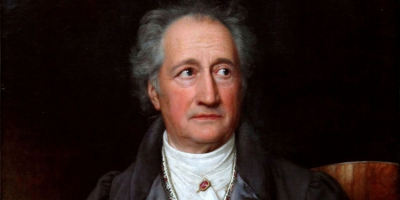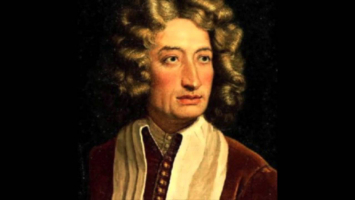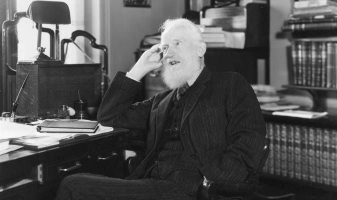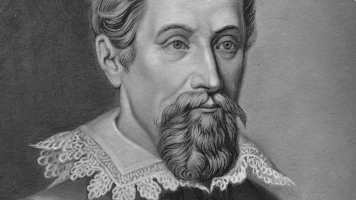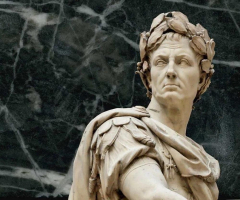Top 10 Interesting Facts About Johann Sebastian Bach
Famous composer and musician Johann Sebastian Bach lived from 1685 to 1750. He consistently ranks near the top of the list of the best composers of all time ... read more...and is one of the most well-known composers of all time. In addition to writing music, he was a master at playing the harp, building and playing organs, and conducting music. Bach also improved several pieces by earlier generations. The Well-Tempered Clavier, The Mass in B Minor, and The Brandenburg Concertos are some of his most well-known compositions. Following are 10 interesting facts about Johann Sebastian Bach that you should be aware of to help you understand more about the great composer. Let's start!
-
The Bach family was largely very musically minded, which is one of the most interesting facts about Johann Sebastian Bach. He came from a distinguished musical family that was proud of its accomplishments, and around 1735 he wrote a genealogy called Ursprung der musicalisch-Bachischen Familie (literally, "Origin of the Musical Bach Family"). Piper was Bach's great-grandfather. His paternal grandparents played court music. His father played the violin, the organ, the court trumpet, and the kettledrum. He has at least two composer uncles. The three Johann brothers who survived to adulthood out of his five brothers all became musicians. Additionally, J.S. Bach had 20 children, at least five of whom went on to pursue careers as composers and survived childhood. Over 50 well-known musicians came from the family over seven generations, according to legend.
Bach spent two years studying music at the St. Michael's School in Lüneburg to acquire his start in the field. Then he departed for Germany to begin a variety of musical positions, including serving as Prince Leopold and other Lutheran churches' music directors.
"[S]tarting with Veit Bach, the founding father of this family, all his descendants, down to the seventh generation, have dedicated themselves to the profession of music, with only a few exceptions," reads the Nekrolog, Bach's son Carl Philipp Emanuel Bach's obituary.
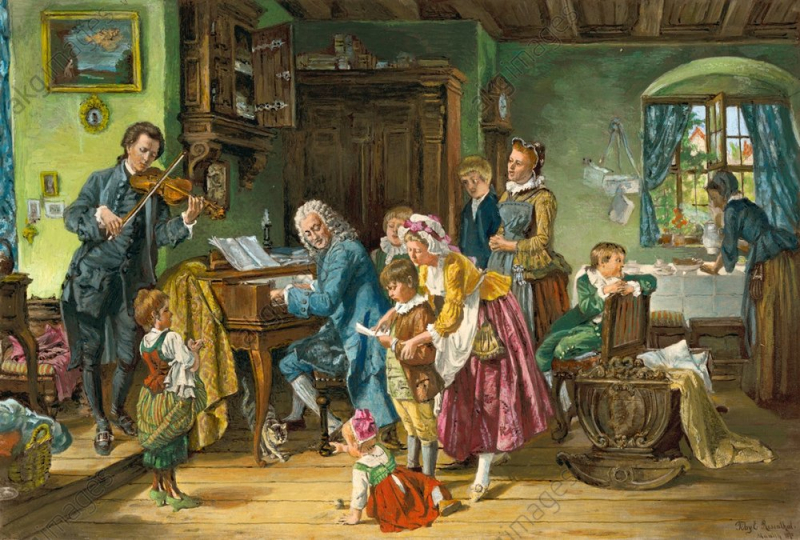
Photo: https://www.oxfordbachsoloists.com/ 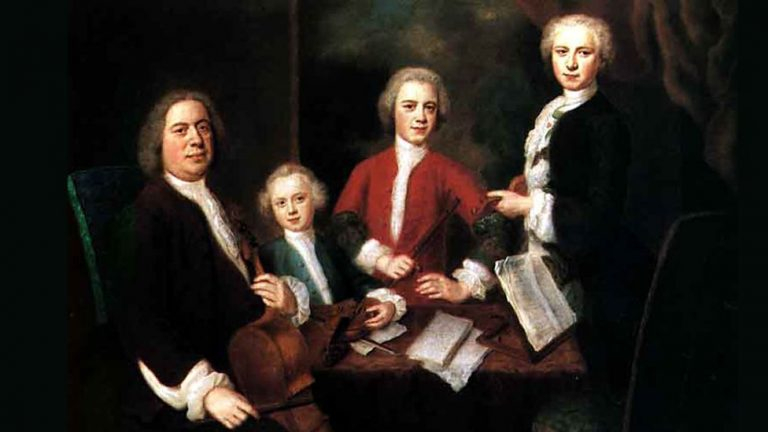
Photo: https://serenademagazine.com/ -
By the age of 10, Bach was an orphan. Johann Christoph, his older brother, took him in. Johann Christoph was a musician like his father and had studied organ with the renowned Johann Pachelbel (of Canon in D, which you have probably heard at a wedding). Johann Sebastian reportedly received his first formal keyboard instruction from this Christoph, who had previously studied under the well-known keyboard composer Johann Pachelbel. The young Bach performed well in school once more, and in 1700, his singing ability earned him a spot in a select choir of underprivileged boys at the Michaelskirche school in Lüneburg.
He picked up several useful music lessons at his brother's house, including how to play the clavichord and how to play the organ at St. Michael's church. The musician's brother taught him a lot of his early music. He also replicated musical genres and styles, some of which were personal, that he had heard his brother perform. J.C. sealed away the score. J.S. would stealthily remove the manuscript at night and duplicate it by moonlight. He continued this for six months before J.C. discovered him and caught him, taking both the manuscript and J.S.'s copy with him. J.C. did continue to support the musical education of his younger brother.
While residing with his brother, Bach also picked up knowledge of Italian, Greek, Latin, and French.
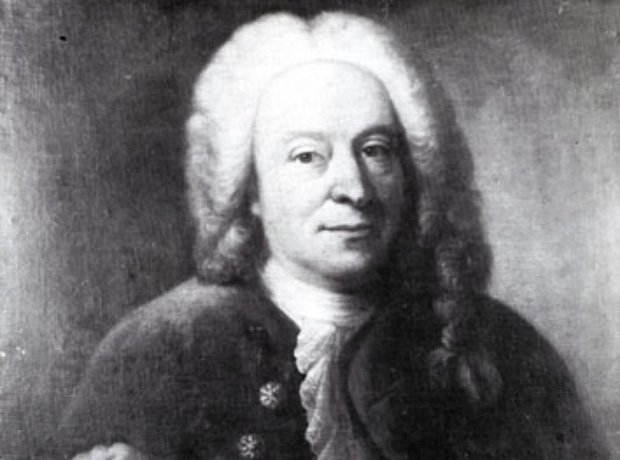
Photo: https://www.classicfm.com/ 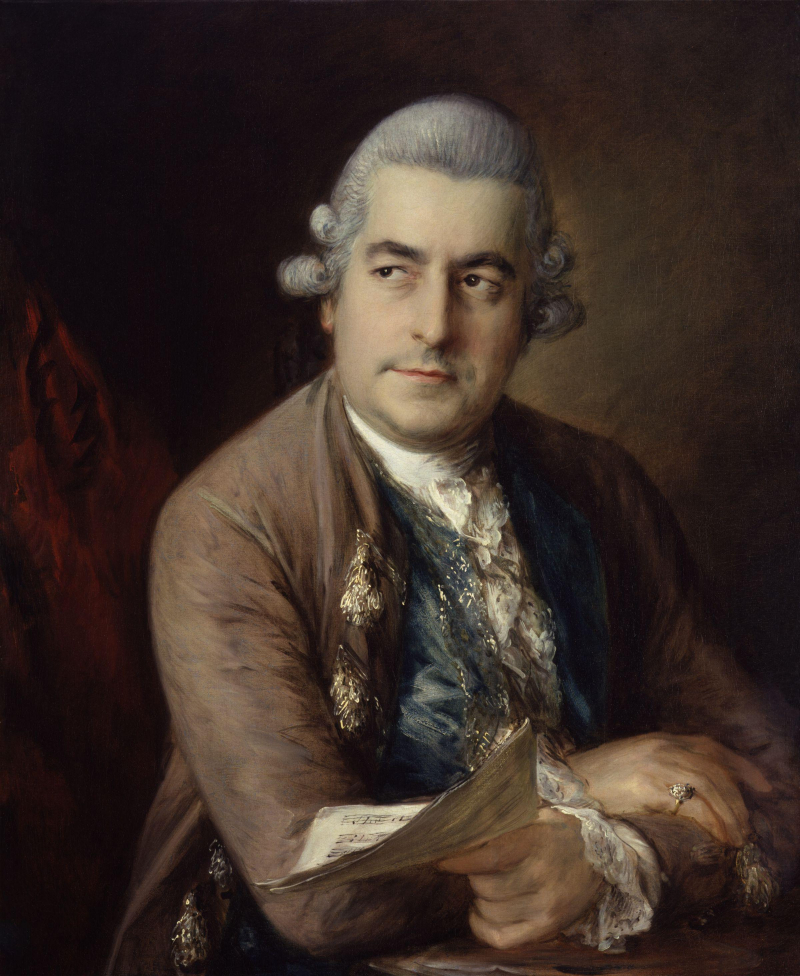
Photo: https://vi.wikipedia.org/ -
Bach attended St. Michael School, where the teachers there were creative and pushed the students to develop their critical thinking skills. They would offer them tasks and ask them to find solutions.
Sebastian and his friend Georg walked to and from school every day because it was far from where they lived. The contact and the educational approach used at the school enabled the young Bach to set and attain his goals. During those two years, Bach was exposed to a wide range of European cultures.
He participated in the choir, played the harpsichord, and played the three-manual organ there. Students from all around the nation attended St. Michael's School, and the majority of them came from affluent backgrounds.
The prominent organist and composer Dieterich Buxtehude gave a concert at Lübeck in northern Germany in 1705, and 20-year-old Bach traveled 280 miles on foot from Arnstadt to attend. Sebastian made multiple journeys to Hamburg where he saw Johann Adam Reincken, a legendary North German organist, perform. Bach spent all of his life in Germany.
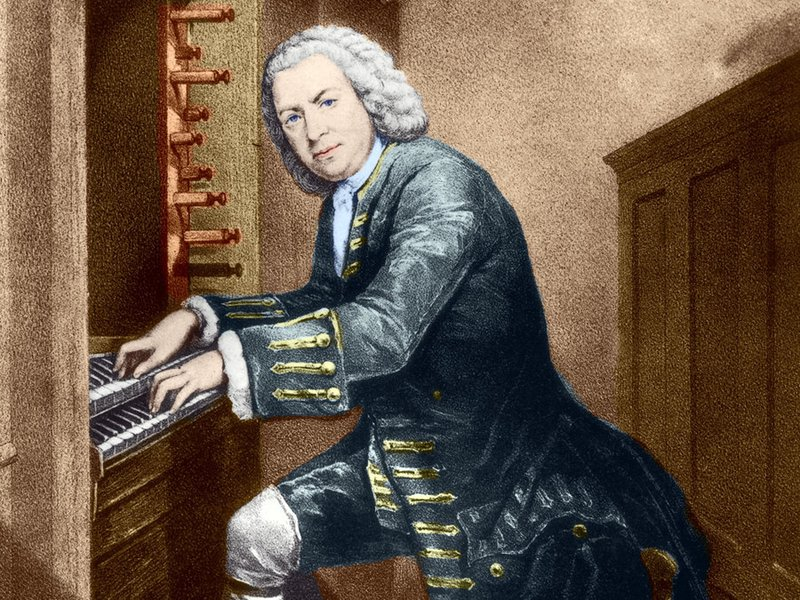
Photo: https://www.wqxr.org/ 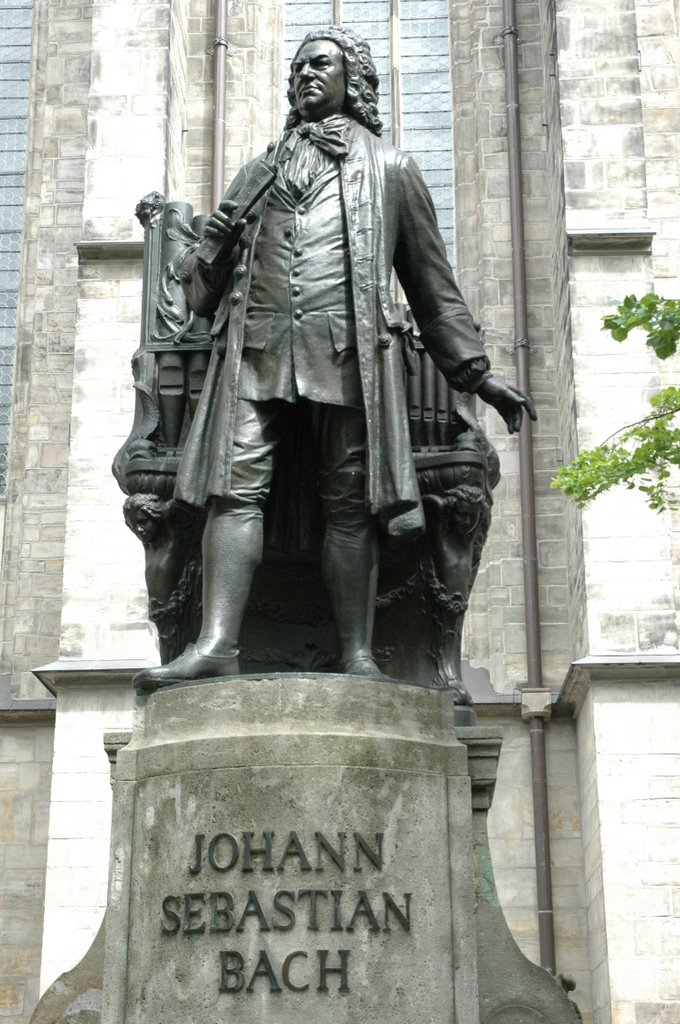
Photo: https://orangemarmaladebooks.com/ -
The nobles typically employed musicians like Bach, and they weren't always treated with much respect. Bach began performing as an organist and later as the conductor of an orchestra for William Ernst, Duke of Sachsen-Weimar, in 1708. He also performed in the court as a chamber musician, taking on yet another array of duties that he had not agreed to. He was unconcerned this time since he was confident that his efforts would result in his promotion to kapellmeister (music director).
Bach asked for and anticipated being elevated to the role of Kapellmeister (chief music creator) when the court's Kapellmeister passed away in 1716. Unfortunately, the Duke chose to install the deceased Kapellmeister's son in his place after five years. Bach demanded his dismissal out of disgust, which angered William Ernst. Before his resignation was accepted, he ordered Bach to be jailed for a month.
Bach, who was naturally inventive, didn't squander his time in jail. He wrote a cycle of organ chorale preludes within that period. This story is considered one of the most interesting facts about Johann Sebastian Bach.
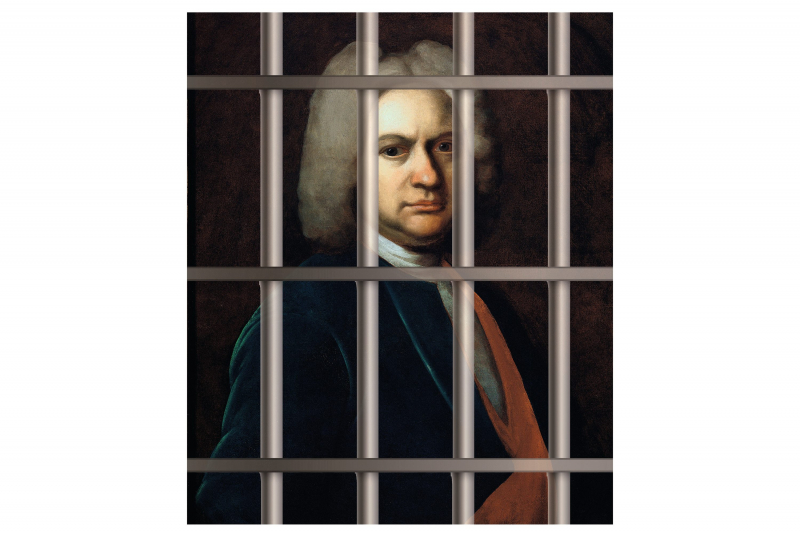
Photo: https://www.classical-music.com/ 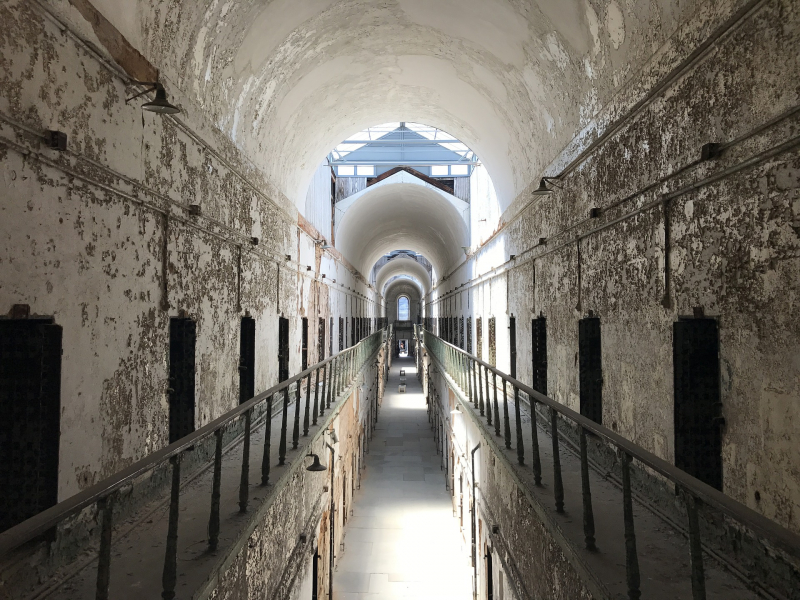
Photo: https://www.created-to-help-you.com/ -
In the 18th century, it was common for relatives to get married. Bach's first wife was his cousin Maria Barbara, to whom he was married. She did not need to change her last name because they were connected. Through their fathers, they were first cousins. When Sebastian was 35, Maria died. Together, the couple had seven children, but only four of them survived to adulthood. Maria was reportedly not as interested in music as he was, despite coming from a family of musicians. This is possibly one of the reasons Bach composed so little music at the time.
Six of the thirteen children born to Anna Magdalena, Bach's second wife, survived. Anna was a vocalist and musician in addition to transcribing many of Bach's compositions. She was the subject of several compositions by Bach, notably "The Notebook for Anna Magdalena Bach."
Of his offspring, Wilhelm Friedemann, Carl Philipp Emanuel, Johann Christoph Friedrich, and Johann Christian all followed in their father's footsteps and pursued careers as composers and musicians. His other children reportedly grew to love their father's music later in life and frequently included it in their performances.
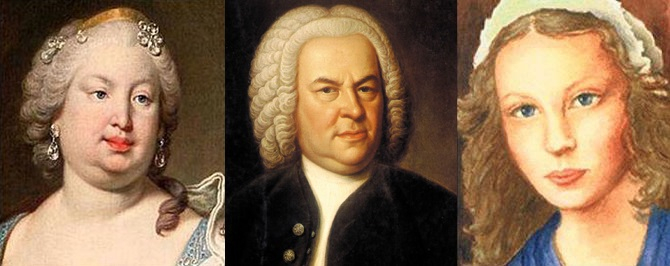
Photo: https://www.oxfordbachsoloists.com/ 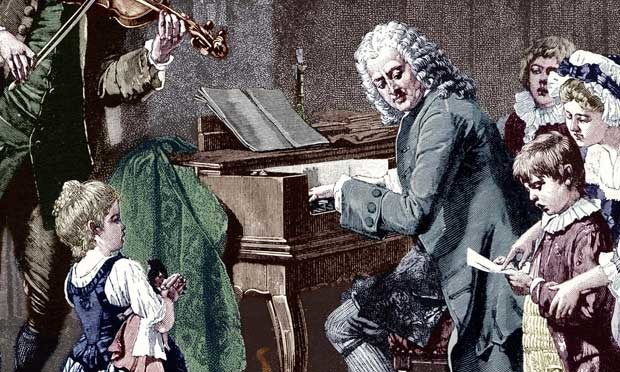
Photo: https://interlude.hk/ -
Over a thousand musical compositions are credited to Bach during his lifetime. Unfortunately, some of his work was not well received because it was viewed as being out-of-date and the music was only liked by music experts. The people who did so claimed that they did so since they had no other music to listen to. He was the best organist and organ consultant, but creating music was not his strong suit.
Bach's music was rarely played and was never published for many years after his passing. He faded into obscurity because he was seen as an outdated composer.
Felix Mendelssohn received an original manuscript of Bach's St. Matthew Passion from his grandmother in 1823. On March 11, 1829, in Berlin, he chose to perform it and gave a concert performance of it. It was the piece's first public performance in almost a century. As one of the most revered composers of classical music, Bach was propelled back into international prominence as a result of the response, which sparked a rebirth. Felix Mendelssohn resurrected his music. People began to listen to and play many of his songs a century after his passing.
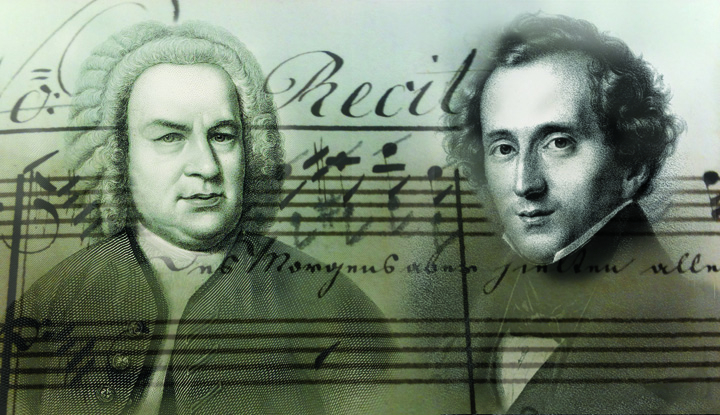
Photo: https://www.concertzender.nl 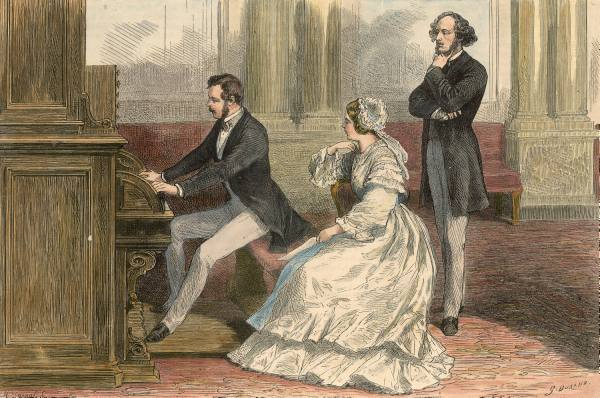
Photo: https://jewinthepew.org/ -
In 1750, Bach experienced cataracts, which affected his vision. He sought the advice of Dr. John Taylor as the condition grew worse, and the doctor suggested having the issue surgically fixed. This physician was regarded as a quackery of the 18th century.
Using a blunt instrument, the cataract was pushed deep into the eye during the "couching" technique. Following surgery, Taylor gave the composer ocular drops made of pigeon blood, mercury, and sugar crushed. It was a failure.
Unfortunately, the quality of the operation and level of understanding of the problem were not at their finest at the time. The surgery didn't work out. Bach had full vision following the procedure for a very brief time before being completely blind. He experienced multiple illnesses after the surgeries, which contributed to his quick passing.
Around the same time, George Friedrich Handel underwent cataract surgery with the same surgeon. Handel became completely blind as a result of this surgery by 1752.
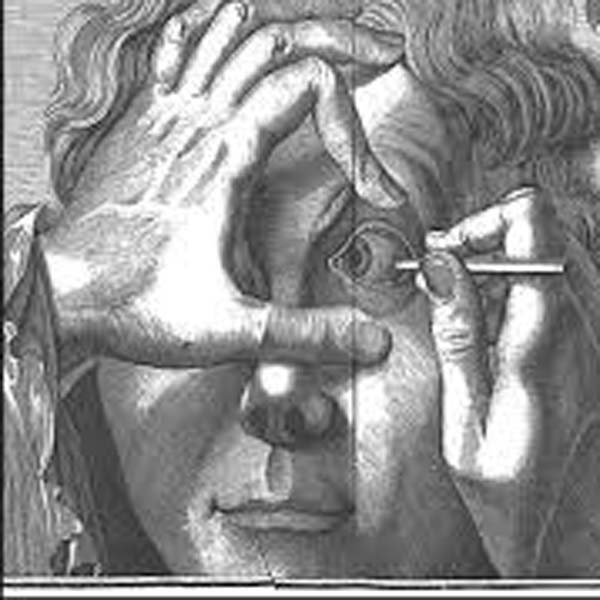
Photo: https://www.outlanderanatomy.com/ 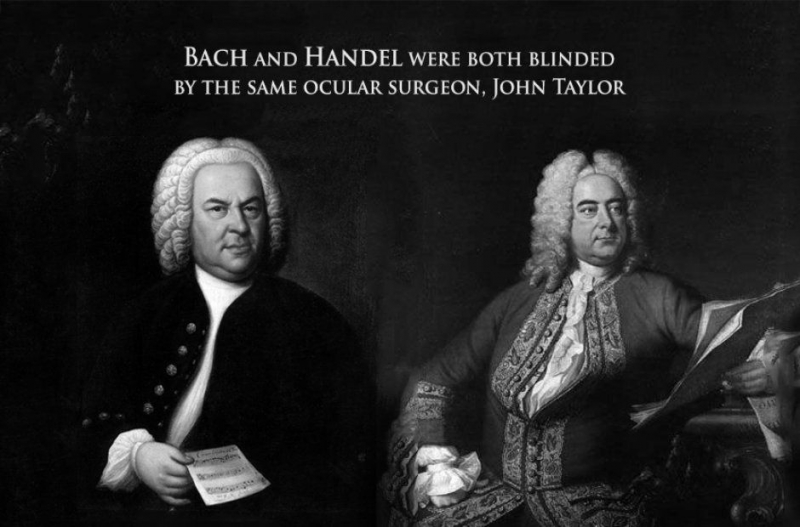
Photo: https://www.classicfm.com/ -
Bach was not only a composer and musician; he also served as a mentor and taught music to many different groups. Most of these organizations consisted of vocalists and choir members. Bach ran into difficulties numerous times while serving as the church's organist because he was dissatisfied with the choir singers. Bach did not get along with churchgoers because he often complained that they were of low caliber.
He kept referring to them as weenie bassoon players. One of the pupils attacked him, and he was forced to report him to the police. Never one to mince words, Bach became impatient with Johann Geyersbach, a bassoonist who made a lot of mistakes, and referred to him as a zippelfagottist, or "nanny-goat bassoonist." They were combative words. Gersbach attacked Bach with a walking stick a few days later. Bach produced a knife. The two had to be pulled apart as the rumble turned into a full-fledged scrum.
Bach was instructed to be patient with the choir members and students. He took a leave of absence, which he then prolonged to four months, angering his employer. Bach had traveled to Lubeck to see the composer and organist Dieterich Buxtehude. He walked this distance.
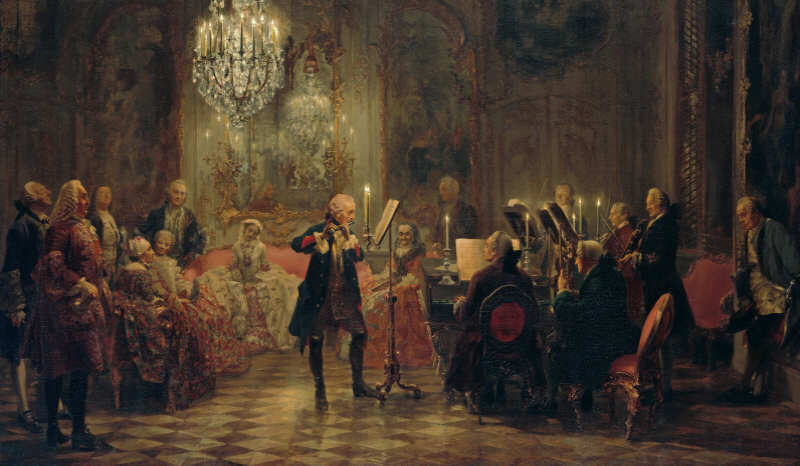
Photo: https://horizonmusicacademy.com/ 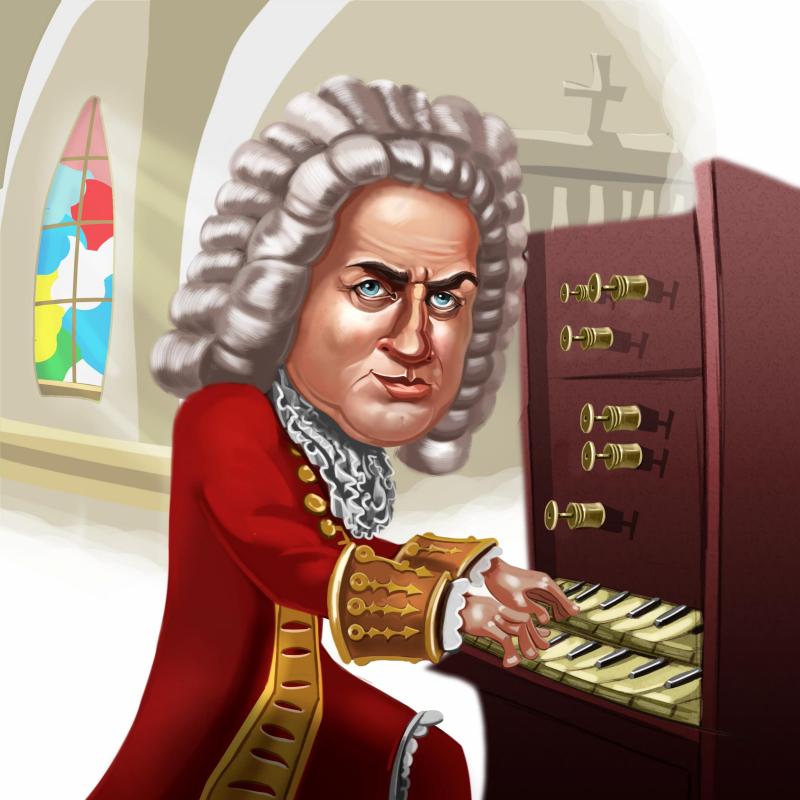
Photo: https://www.simplycharly.com/ -
The Brandenburg Concertos, a collection of six suites that make up one of Bach's most well-known works, were almost a footnote to his career. Bach realized in 1720 that his status at the Köthen court was at risk since Prince Leopold's new bride reportedly did not enjoy his music. However, since he had just met Margrave of Brandenburg Christian Ludwig, he had hoped to convince him to hire him.
Bach assembled some previously-written work and sent it to Christian Ludwig, apparently to demonstrate his abilities. Ludwig, unfortunately, never answered.
By March 24, 1721, all six Brandenburg concertos had been completed. It has been argued that Bach took the prince's gamba player's technical shortcomings into consideration when writing the sixth concerto. Because he preferred to be "in the middle of the harmony," Bach chose to play the viola. For events like the prince's birthday and others, he also composed a few cantatas. When the Brandenburg Concertos (1721) manuscript was being transferred by train to Prussia for preservation under the supervision of a librarian, it almost got lost during World War II. The librarian narrowly escaped the train to a neighboring woodland when it was being attacked from above while keeping the scores covered under his coat.

Photo: https://www.amazon.com/ Photo: https://www.youtube.com/ -
In Leipzig, where he spent the last three decades of his life, Bach was laid to rest. The St. John's Church in Leipzig's pastor intended to relocate the composer's body in 1894 from the church cemetery to a more respectable location.
Bach had been interred in an unmarked grave, as was typical for average people at the time, which was a minor issue. Wilhelm His, a craniologist, claimed that despite best efforts, the excavation team discovered "heaps of bones, some in numerous layers laying on top of one other, others mixed with the ruins of coffins, and some already crushed by the cutting of the diggers" instead of the composer. Later, the team claimed to have discovered Bach's box, although it's unlikely they discovered the proper decomposer. Bach is allegedly still present in Leipzig's St. Thomas Church.
The story of Bach's body is not over yet. Bach's entire stone sarcophagus was moved to Leipzig's Thomaskirche on the 200th anniversary of his passing in 1950 because St. John's Church suffered significant damage during World War II. Although church officials have refused attempts to test the DNA of the bones under the cathedral floor, scholars have questioned whether it is truly Bach who is interred within this memorial. He might not be in his grave, which is one of the most interesting facts about Johann Sebastian Bach.
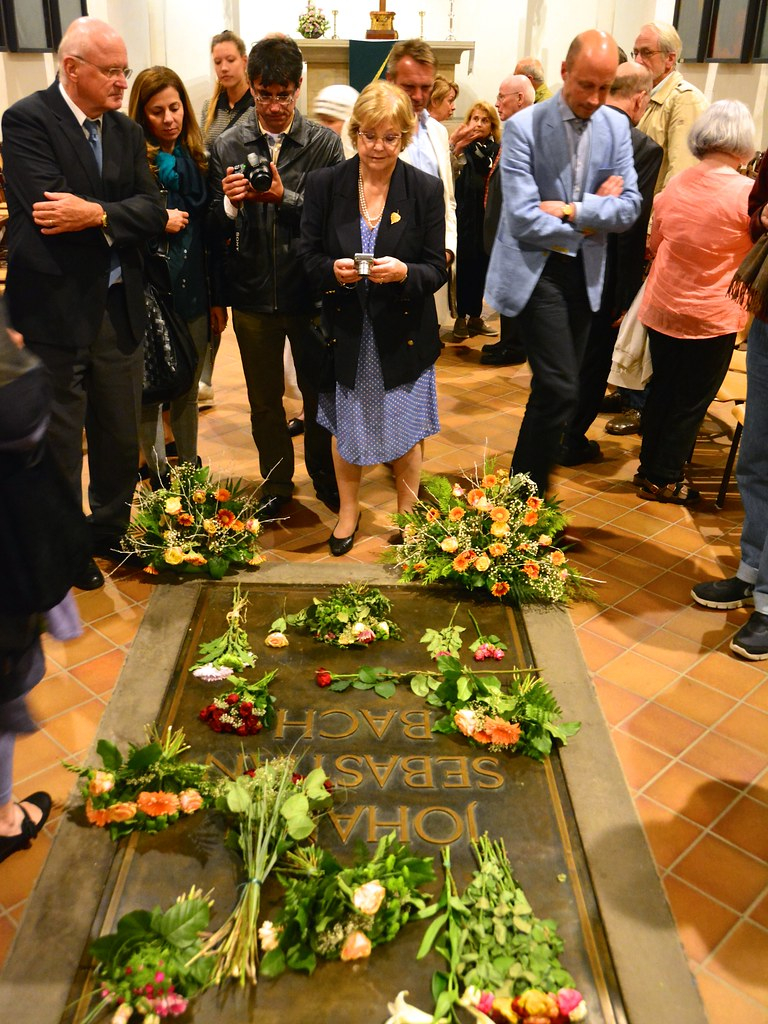
Photo: https://www.flickr.com/ 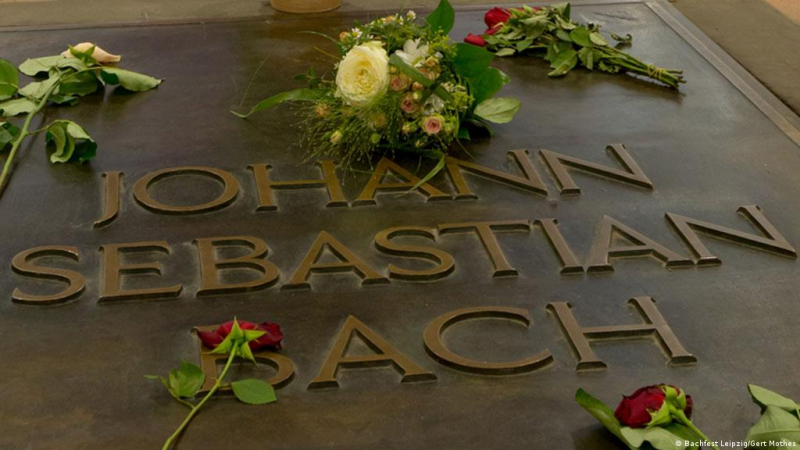
Photo: https://www.dw.com/












